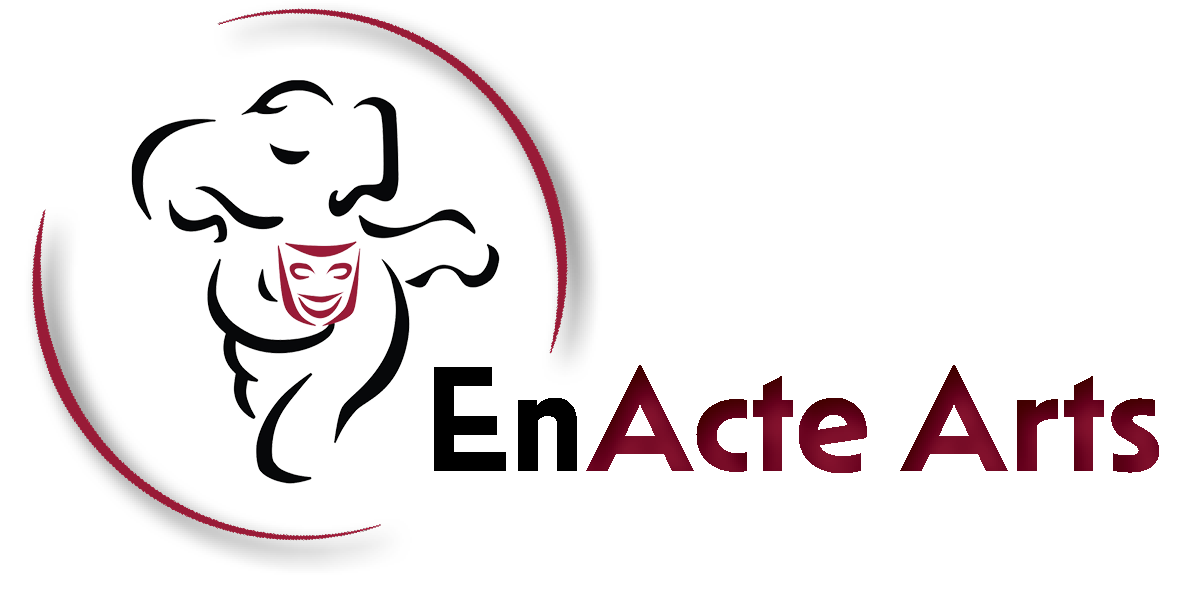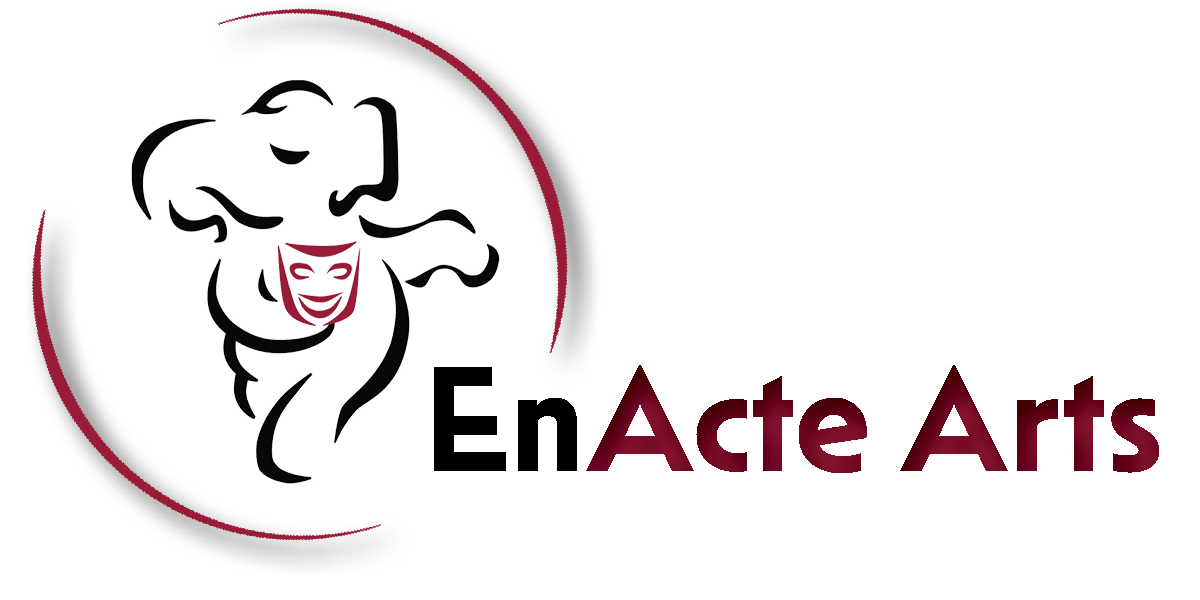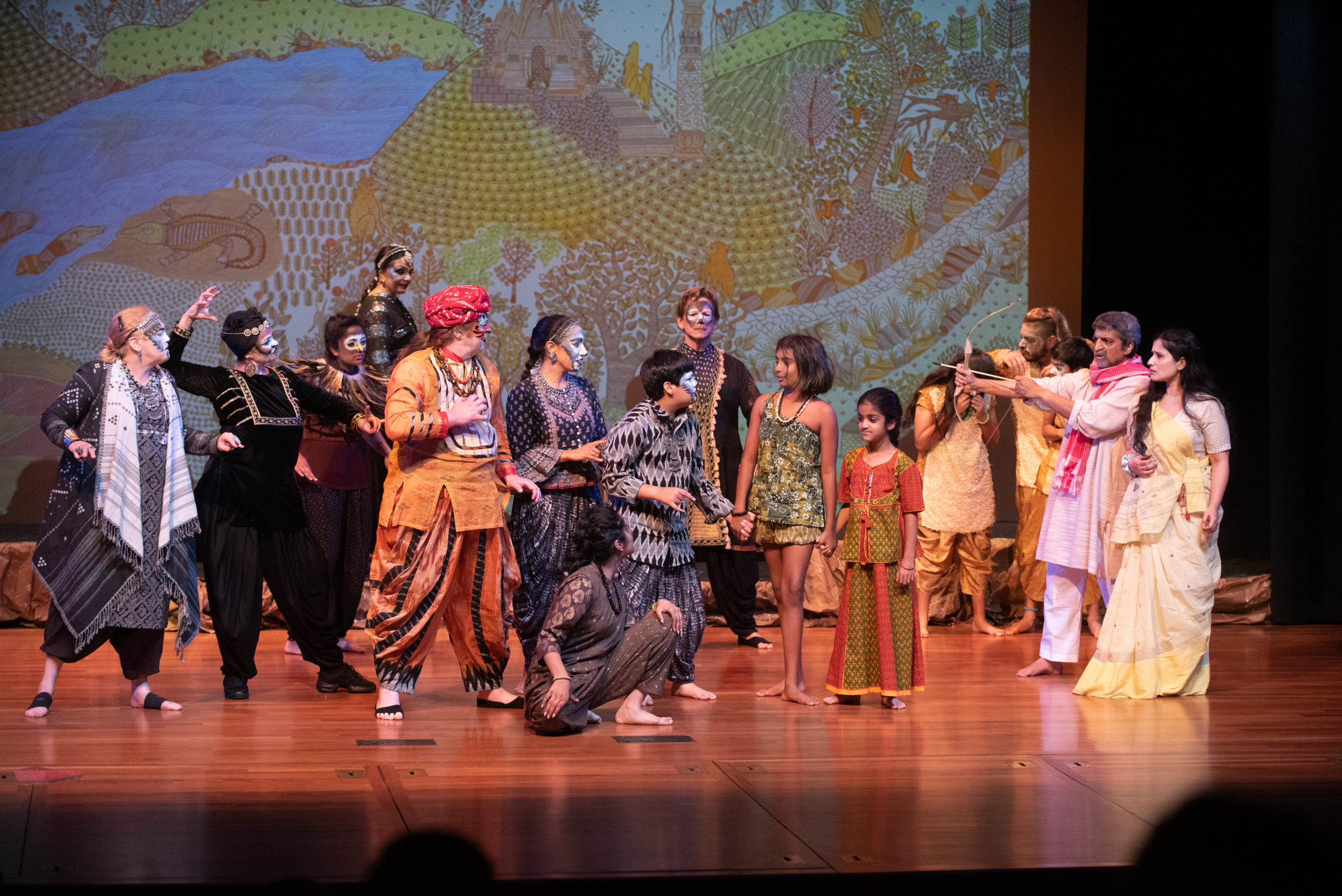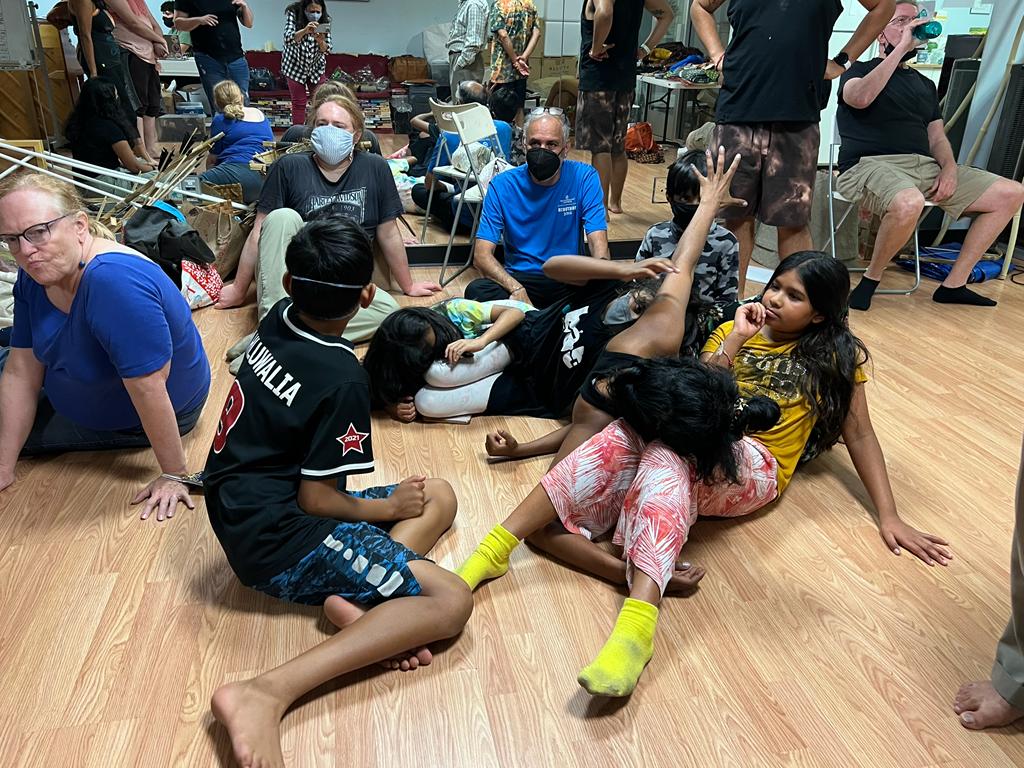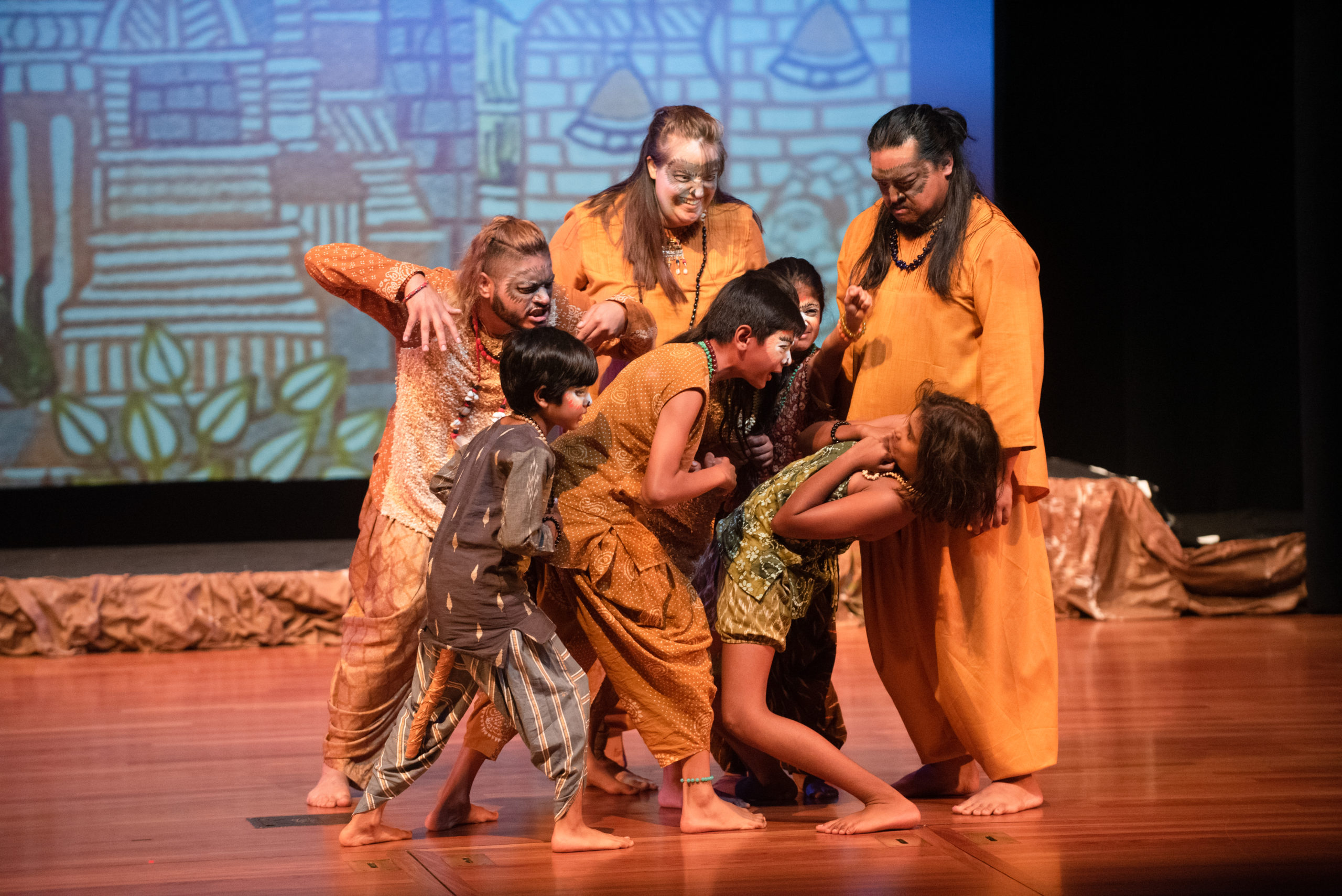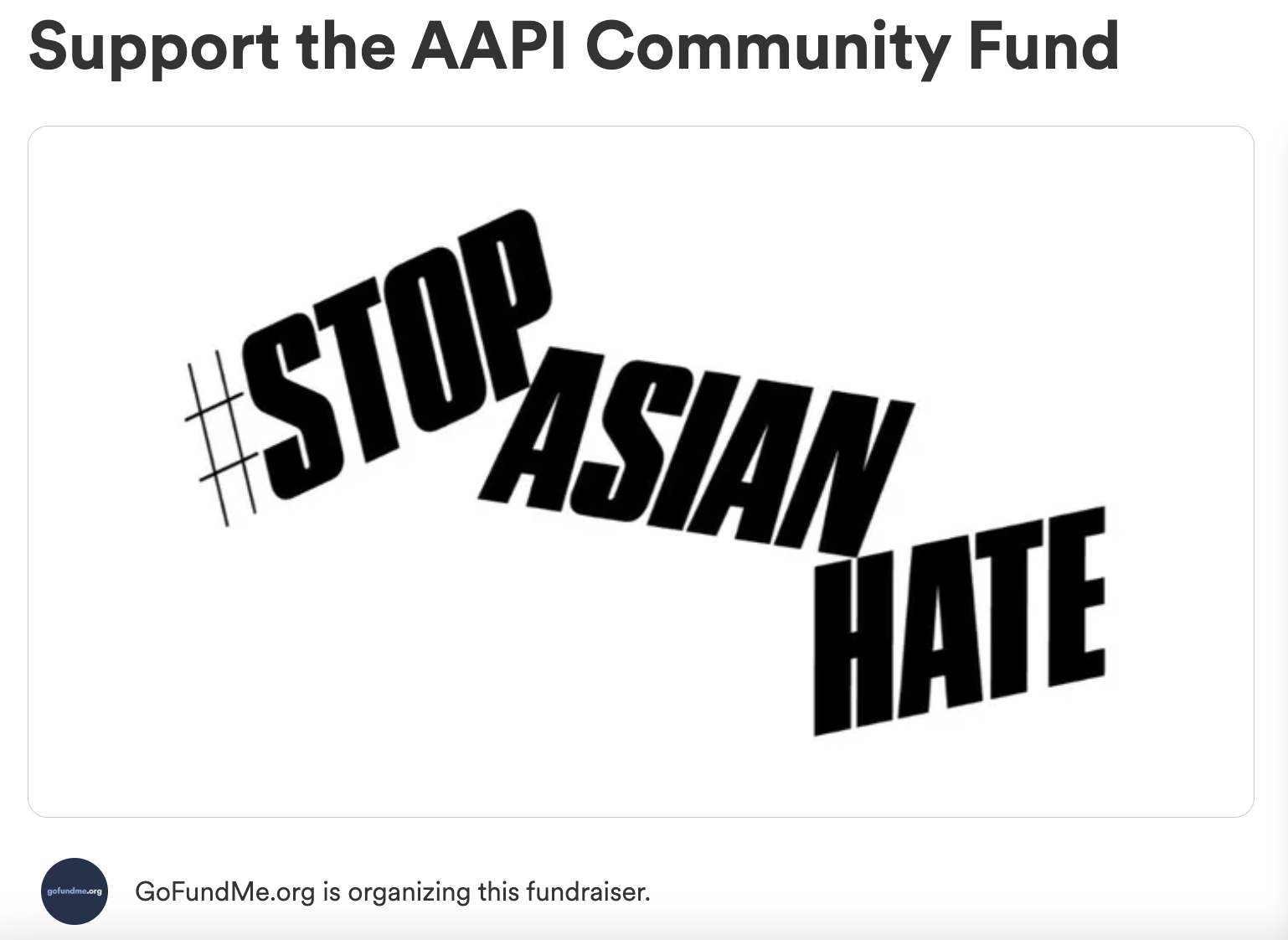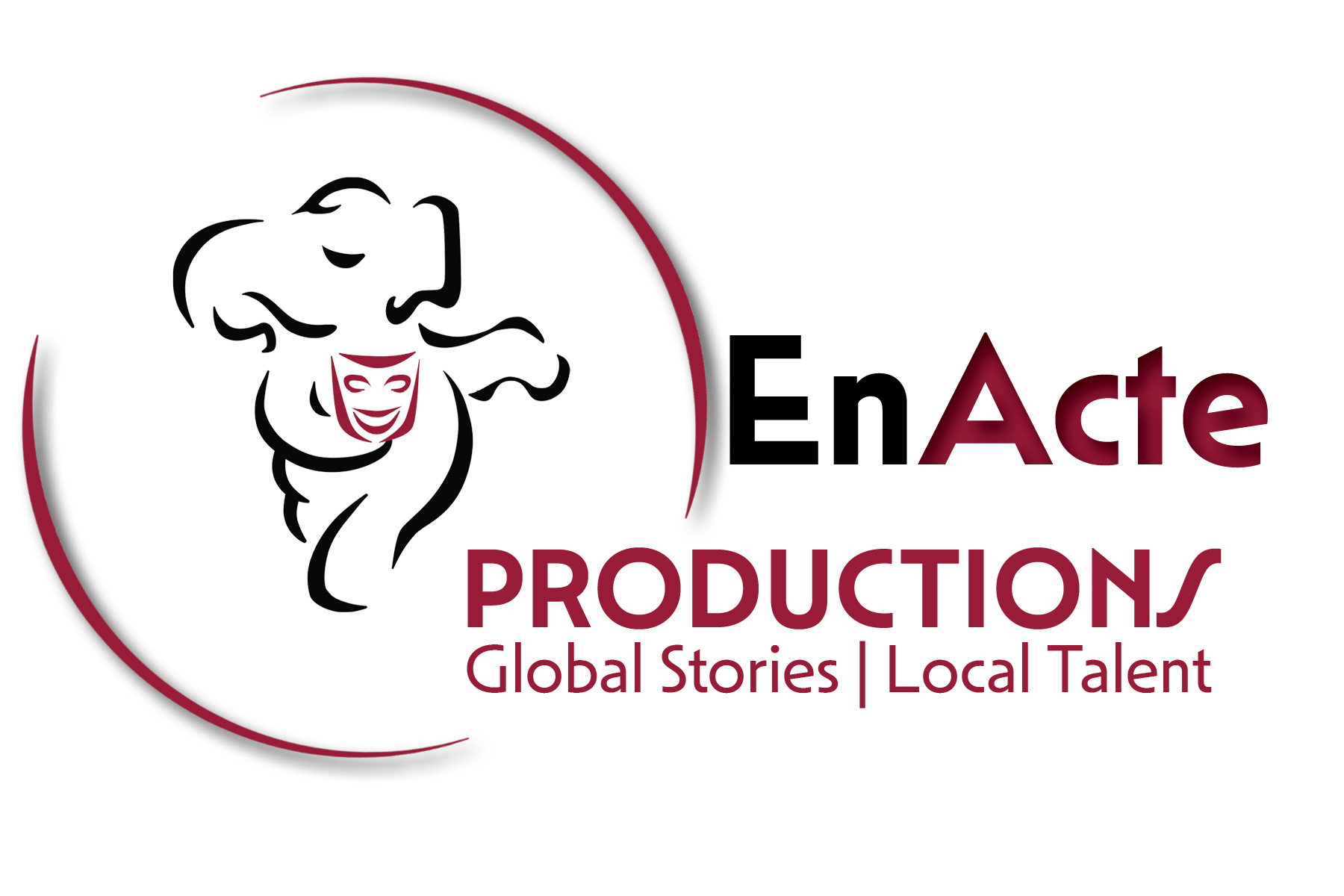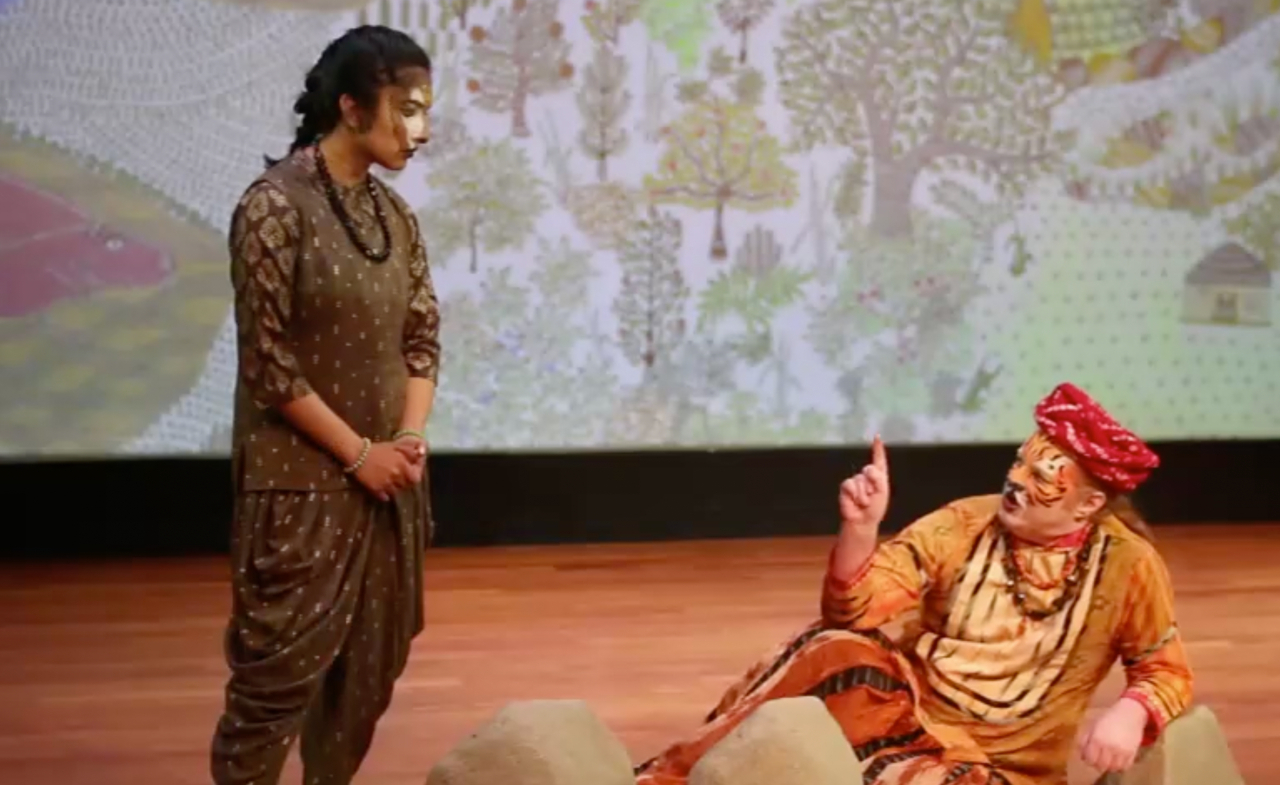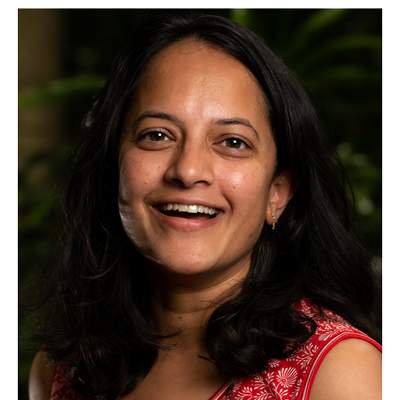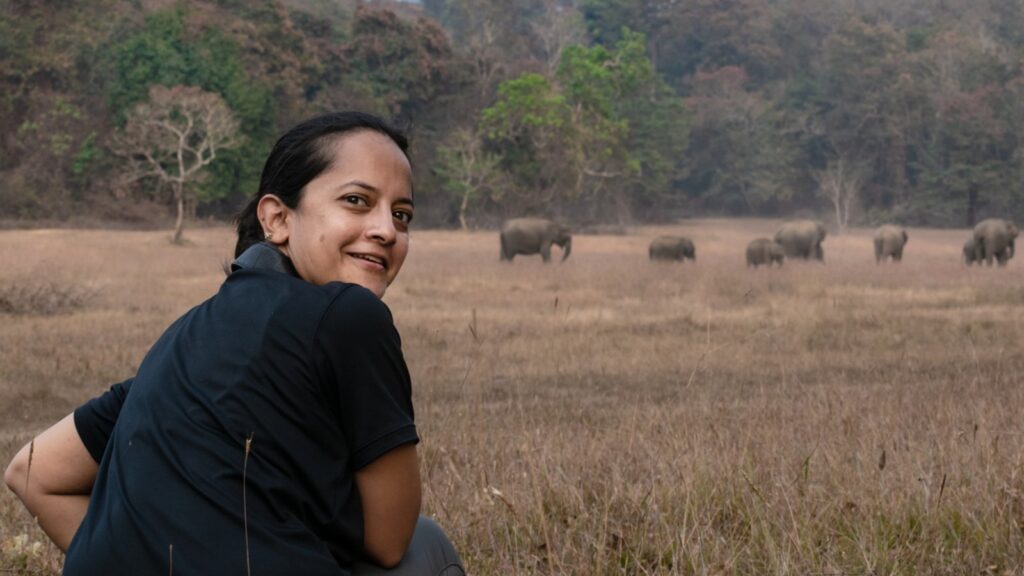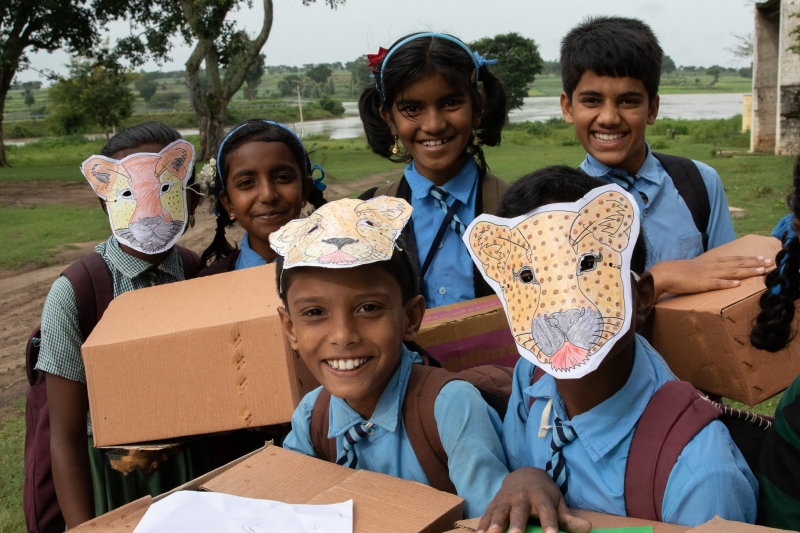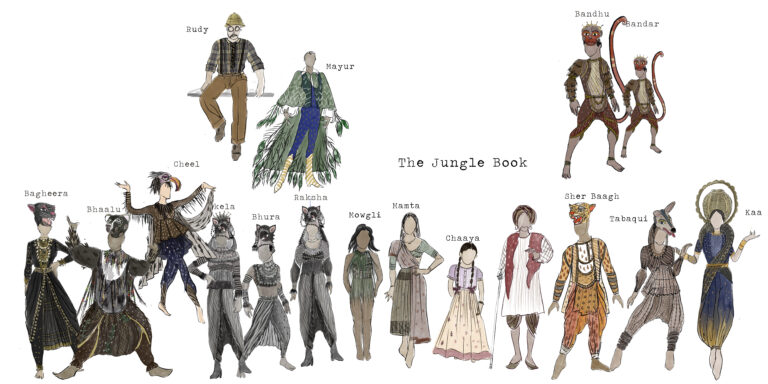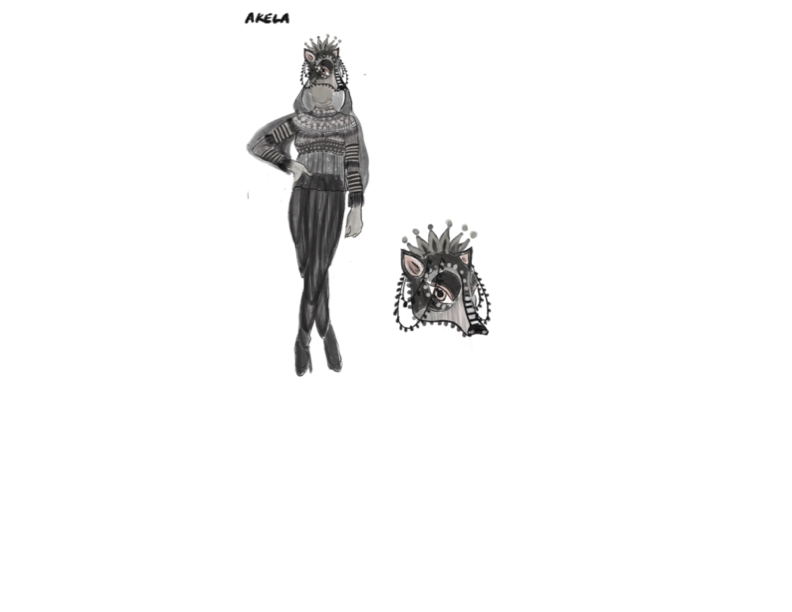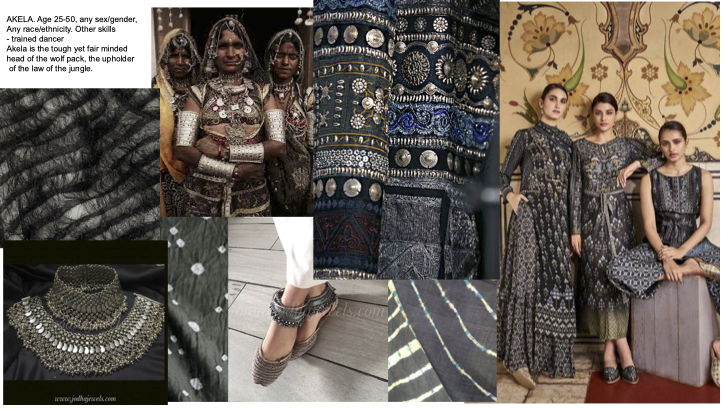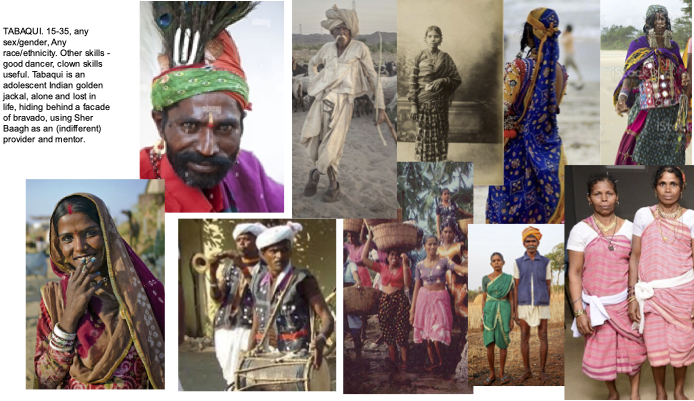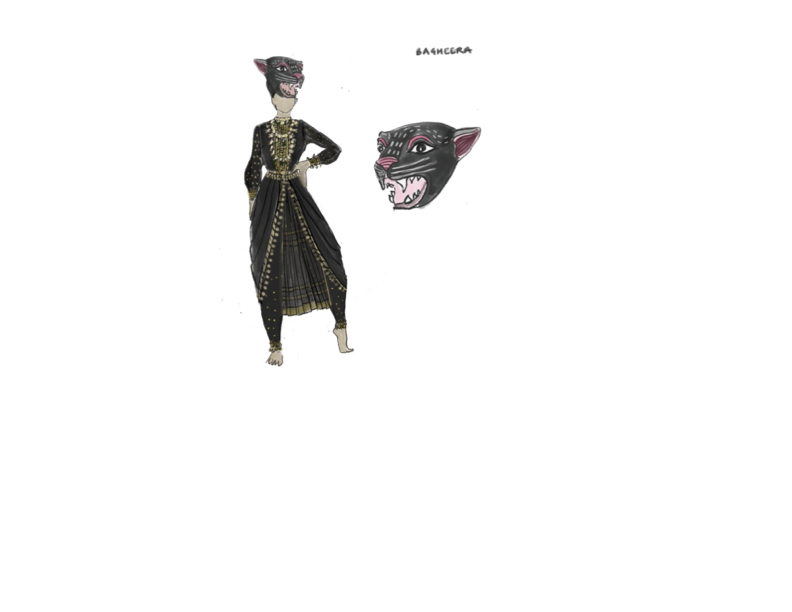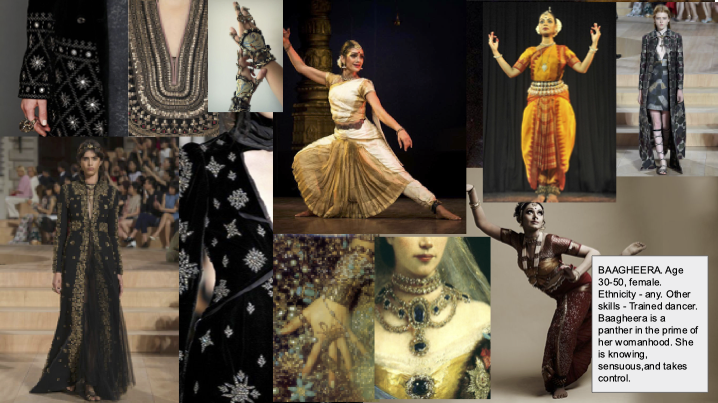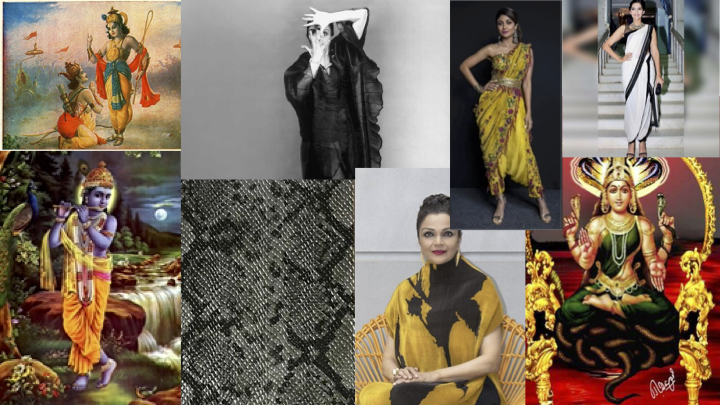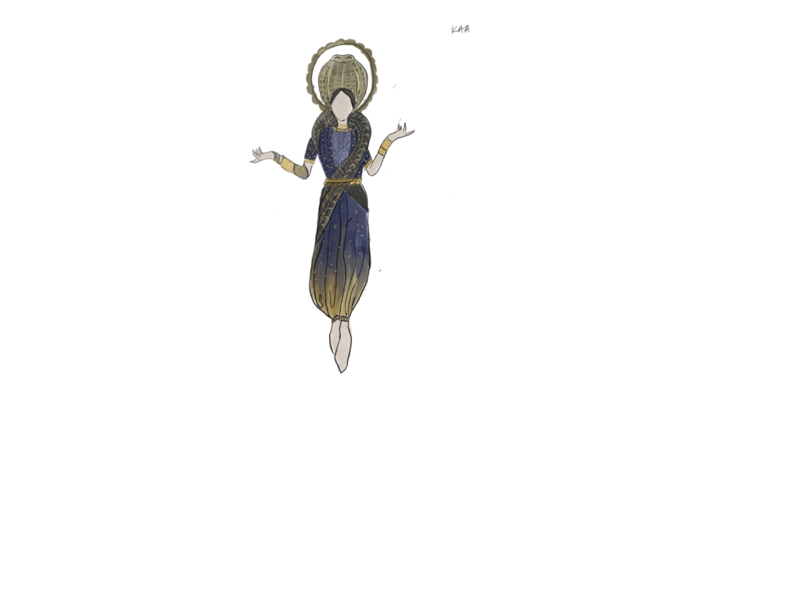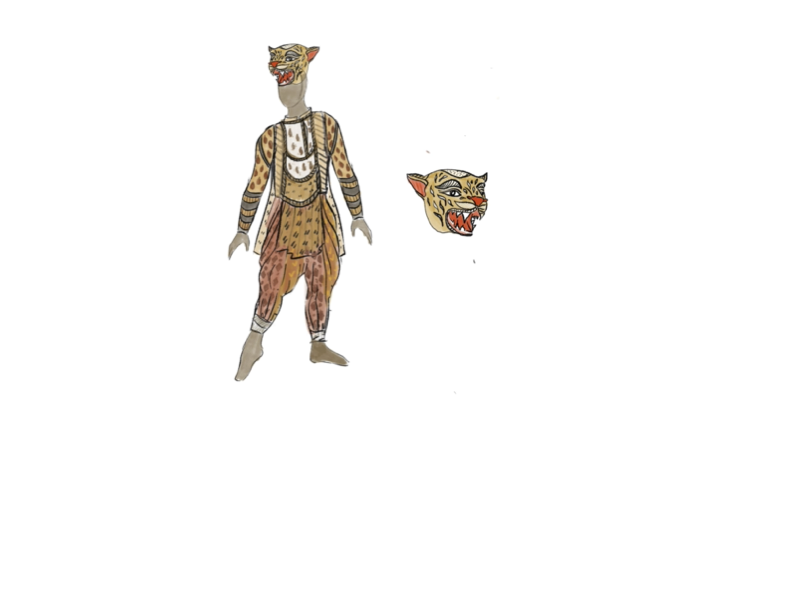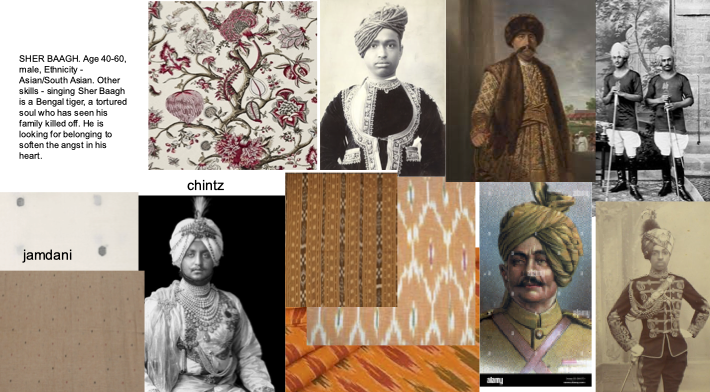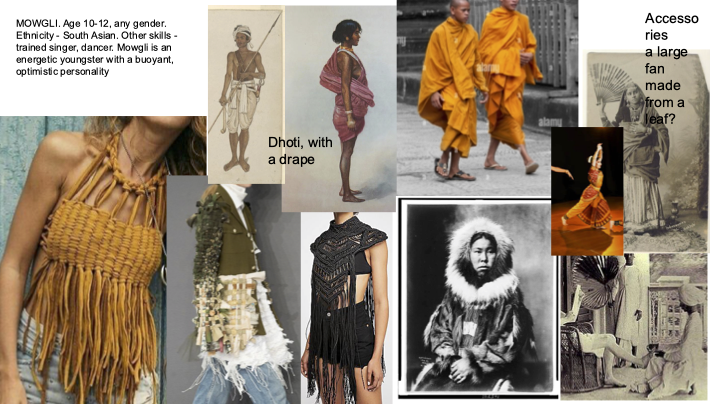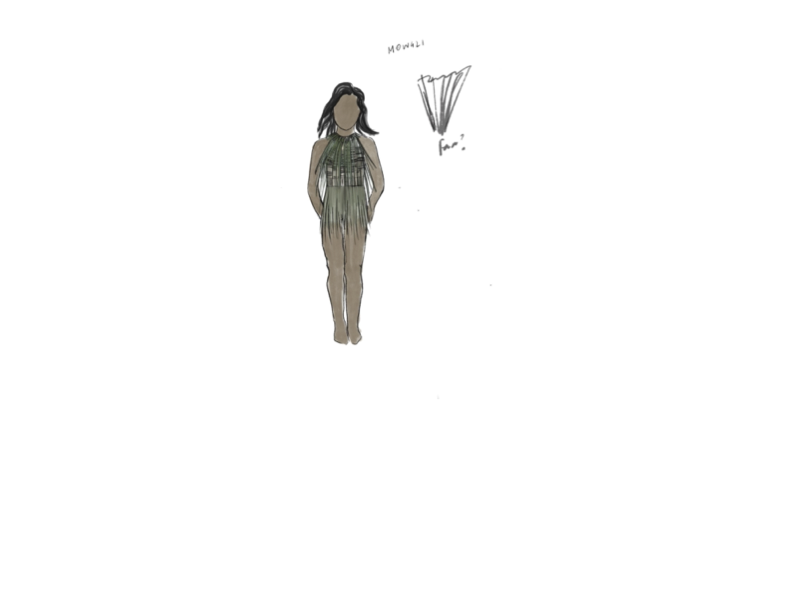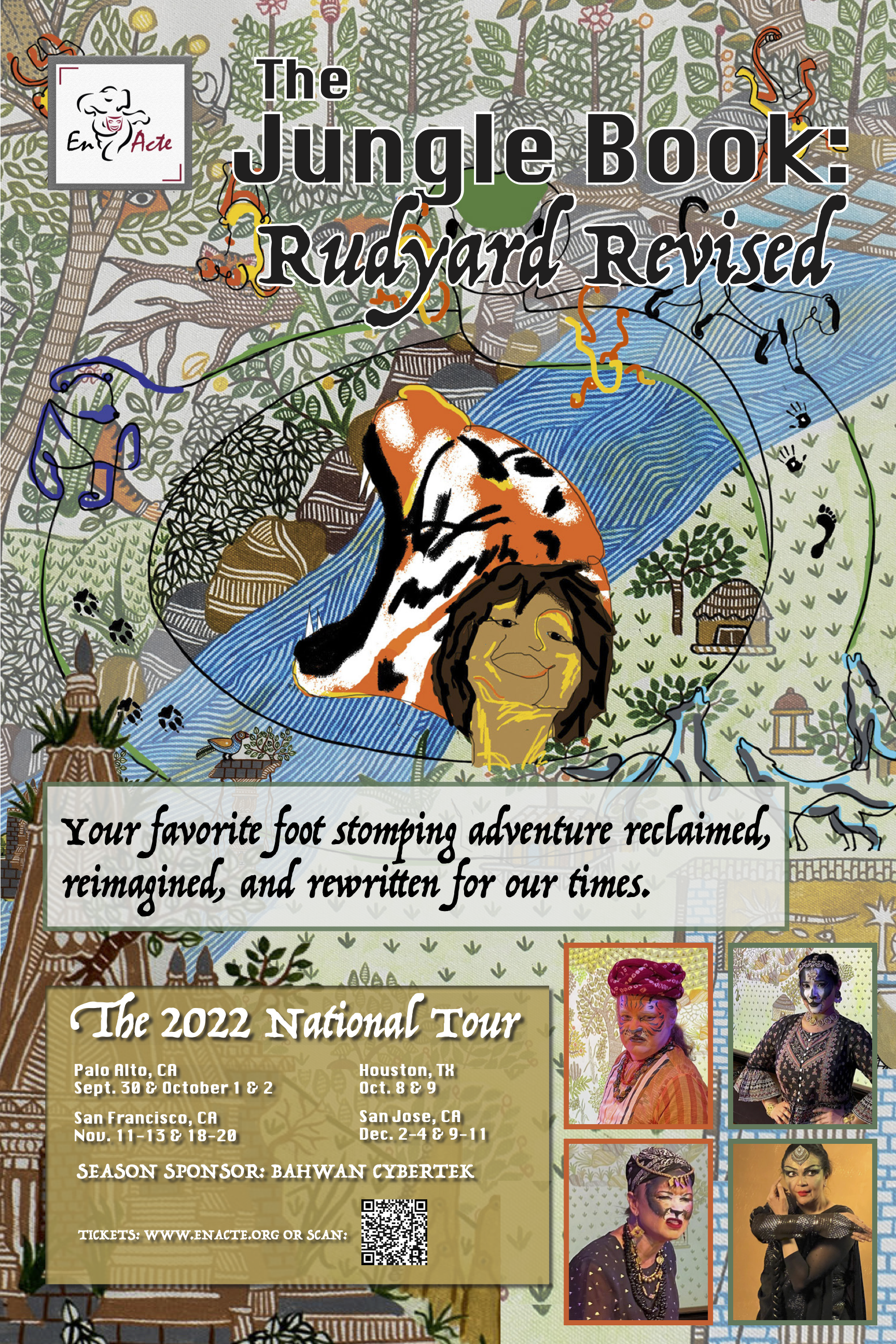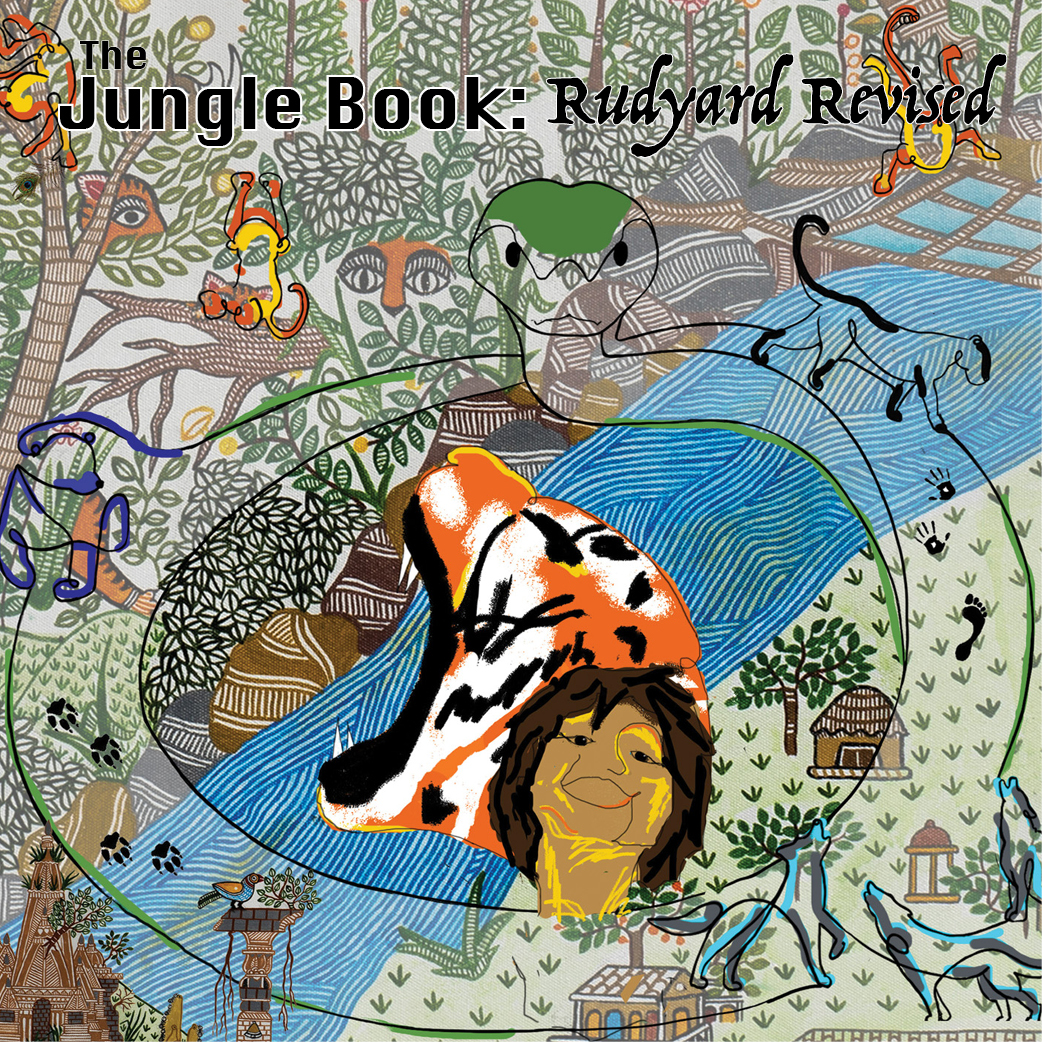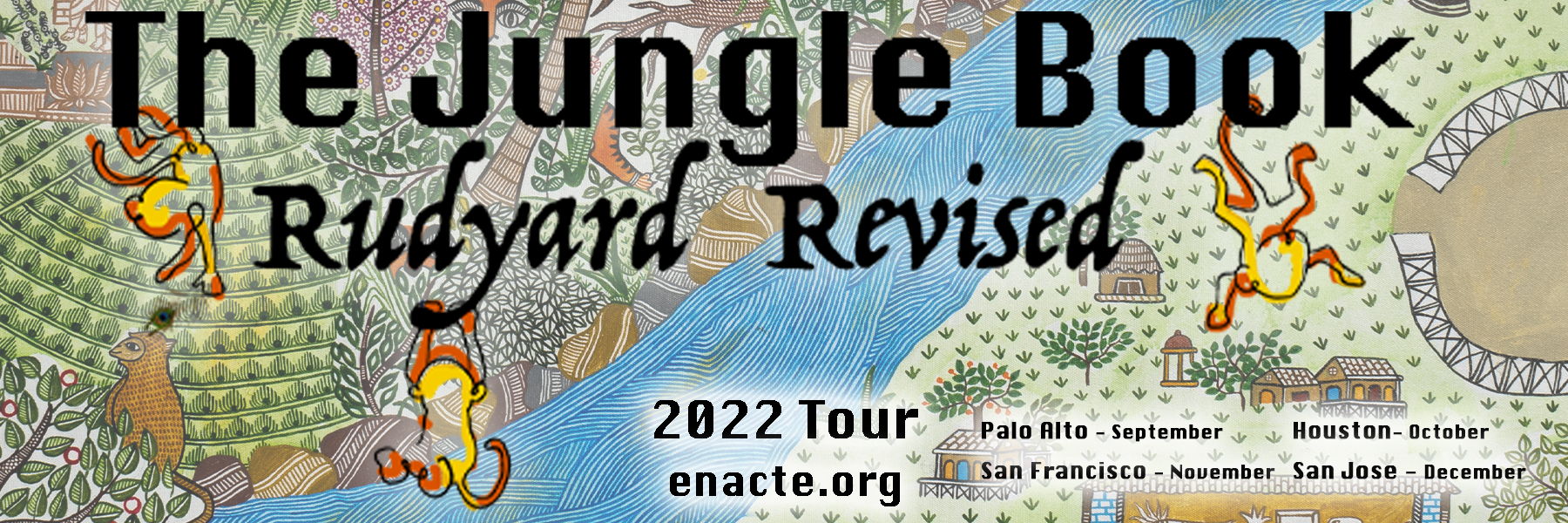
For a national theatre company like EnActe Arts, establishing roots in NYC is not just strategic—it’s essential. The city’s unparalleled energy and cultural richness offer an ideal backdrop for fostering innovative artistry. With luminary Aroon Shivdasani joining the advisory board, EnActe NYC is poised to harness the city’s vast network of talent and resources to spotlight South Asian creativity.From Broadway to off-Broadway, NYC sets the gold standard for theatrical excellence. By making its mark here, EnActe aims to produce cool, cutting-edge productions that resonate with global audiences while creating a space for the next generation of South Asian artists to flourish.The Mission: Building a Collective and Incubator for South Asian TheatreThe EnActe New York Collective is the first-of-its-kind platform designed specifically for South Asian actors, musicians, directors, and designers. Its mission is twofold: to build a professional community for theatre-makers and to provide the developmental resources they need to thrive.Within this collective lies the New Works Incubator, a focused initiative to develop and elevate original plays and musicals centering South Asian narratives. Each year, the incubator will select one play and one musical for development, providing these projects with dedicated rehearsal time, professional direction, and a culminating staged reading in the heart of NYC. By doing so, the incubator not only breathes life into new works but also strengthens the pipeline of authentic South Asian stories reaching broader audiences.Programming: A Hub for Connection and Creation
The Collective operates on a sweat equity model, encouraging active participation from its members. Through monthly mixers, writers’ workshops, and table readings, the program offers ongoing opportunities for South Asian theatre-makers to showcase their work, receive feedback, and collaborate with peers.
Highlights of the programming include:
Monthly Mixers: Casual gatherings where artists share work, network, and discuss industry trends. These mixers alternate between in-person and virtual formats to maximize accessibility.
Writers’ Workshops and Table Reads: Opportunities for playwrights to present material, receive constructive feedback, and engage in creative discussions.
Masterclasses and Mentorships: Sessions led by renowned theatre professionals, offering invaluable insights and guidance to emerging talents.
Sweat Equity System: Members earn the right to present and participate by contributing to the collective’s activities, fostering a culture of mutual support and collaboration.
The New Works Incubator’s open submission process ensures inclusivity while maintaining high standards of artistry. Selected projects will undergo a 15-hour rehearsal process over two weeks, culminating in public staged readings. By providing directors, actors, musicians, and rehearsal space, the incubator ensures a professional environment for artists to refine their work.
For playwrights and composers, this means seeing their stories come to life for the first time. The incubator also offers opportunities for collaboration, rewrites, and professional networking—all essential for building a sustainable career in theatre.
The Bigger Picture
As one of the few national theatre companies with a dedicated presence in NYC, EnActe Arts’ NYC Incubator fills a crucial gap in the artistic ecosystem. It’s more than a program; it’s a movement to uplift South Asian voices and redefine their place in the American theatre canon.
With visionary leadership, an inclusive mission, and robust programming, the EnActe NYC Incubator is set to inspire, connect, and propel a new generation of storytellers. This initiative is a clarion call for all who believe in the power of theatre to reflect and reshape our world—starting with the vibrant, untold stories of South Asia.
